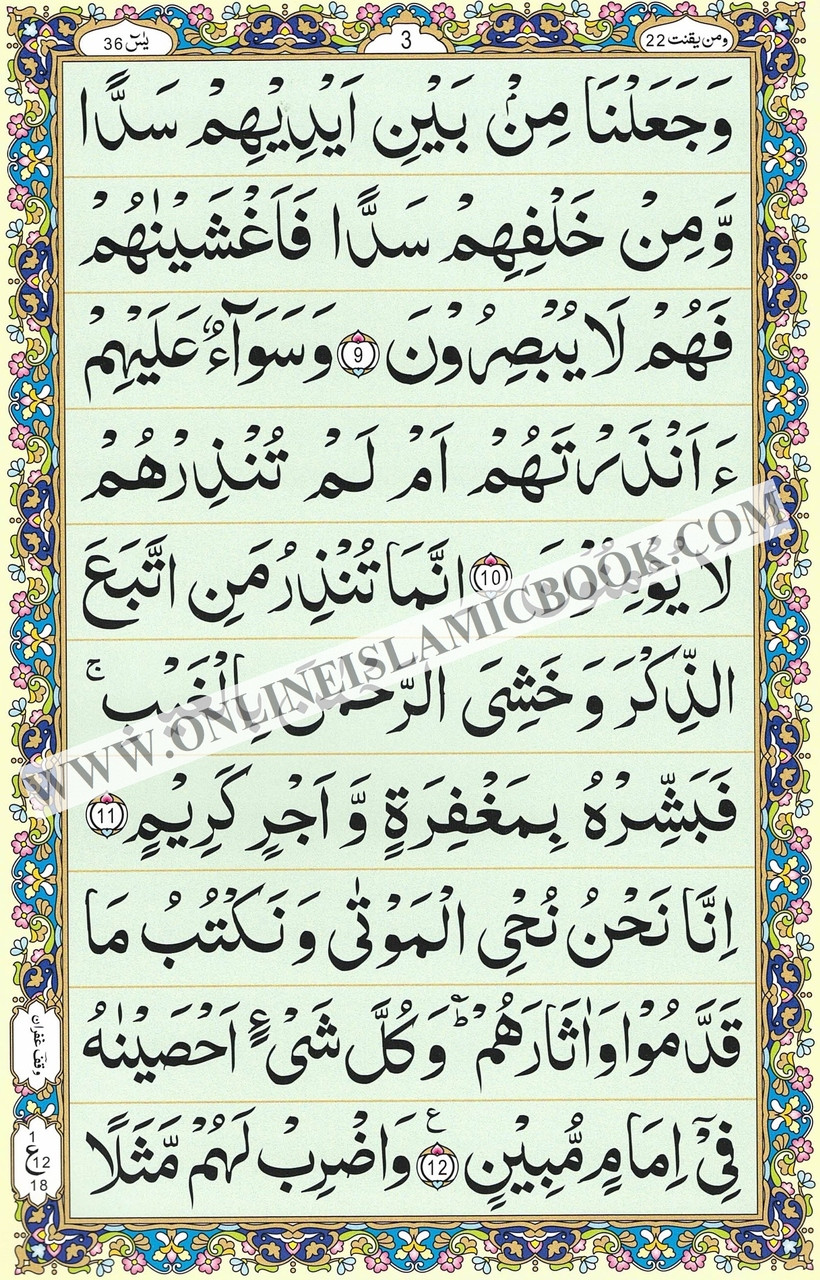

She dictated her biography to Mícheál, who then sent the manuscript pages to Máire Ní Chinnéide in Dublin. Peig was illiterate in the Irish language, having received her early schooling only through the medium of English. ĭuring the 1930s a Dublin teacher, Máire Ní Chinnéide, who was also a regular visitor to the Blaskets, urged Peig to tell her life story to her son Mícheál. Even though Peig indignantly refused, the search party did not harm anyone in their family. During a search of the Island by the Black and Tans during the subsequent Irish War of Independence, a terrified Pádraig Ó Guithín ordered his wife to take the picture down before she got them all killed. Īfter the Easter Rising of 1916, Peig hung up a framed picture of the 16 executed Irish Volunteers and Irish Citizen Army leaders in the family's cottage in Great Blasket Island. He recorded her and brought her stories to the attention of the academic world. Flower was keenly appreciative of Peig Sayers' storytelling skills. Norwegian linguist and Celticist Carl Marstrander stayed on the island while studying the Corca Dhuibhne dialect of Munster Irish in 1907 and later persuaded Robin Flower of the British Museum to similarly visit the Blaskets. Pádraig and Peig had eleven children, of whom only six survived their mother. Instead, Peig moved to the Great Blasket Island after her brother arranged for her to marry Pádraig Ó Guithín, a fisherman and native of the island, on 13 February 1892.

Cáit later wrote, however, that she had had an accident and could not forward the cost of Peig's passage. The Curran children, however, were forbidden by their parents, who desired for them to move up in the world, to learn the Irish language and so, at the children's request, Peig taught the local vernacular to them in secret.Īfter she grew to adulthood, Peig was promised during the "American wake" of her childhood best friend, Cáit Boland, that Peig would soon join her as part of the Irish diaspora in the United States. Peig later recalled that the Curran family were kind employers and treated her very well. The Currans were members of the growing Irish Catholic middle class produced by the Government-funded breakup and sale of the Anglo-Irish landlords' estates after the Land War.

Sayers' later memoir Peig describes her childhood immersed in traditional Munster Irish-speaking culture, which was still surviving despite rackrenting Anglo-Irish landlords, the resulting extreme poverty, and the coercive Anglicisation of the educational system.Īnother theme of her memories was devout Catholicism and mass emigration to the New World following a ceremonial ceilidh called an "American wake".Īt the age of 12, she was taken out of the National school and went to work as a domestic servant for the Curran family in the nearby town of Dingle. Through her father's influence, Peig also grew up upon a rich oral tradition of Irish folklore, mythology, and local history, including local folk heroes like Piaras Feiritéar, faction fights at pattern days and market fairs before the Great Famine, and the lingering memory of Mass rocks and priest hunters under the Penal Laws. Her father Tomás Sayers was a locally renowned expert on the oral tradition and passed on many of his tales to Peig. She was called Peig after her mother, Margaret "Peig" Brosnan, from Castleisland. She was born Máiréad Sayers in the townland of Vicarstown, Dunquin, Corca Dhuibhne, County Kerry, the youngest child of the family. Seán Ó Súilleabháin, the former Chief archivist for the Irish Folklore Commission, described her as "one of the greatest woman storytellers of recent times". Máiréad "Peig" Sayers ( / ˌ p ɛ ɡ ˈ s ɛər z/ 29 March 1873 – 8 December 1958) was an Irish author and seanchaí ( pronounced or – plural: seanchaithe ) born in Dún Chaoin, County Kerry, Ireland.


 0 kommentar(er)
0 kommentar(er)
